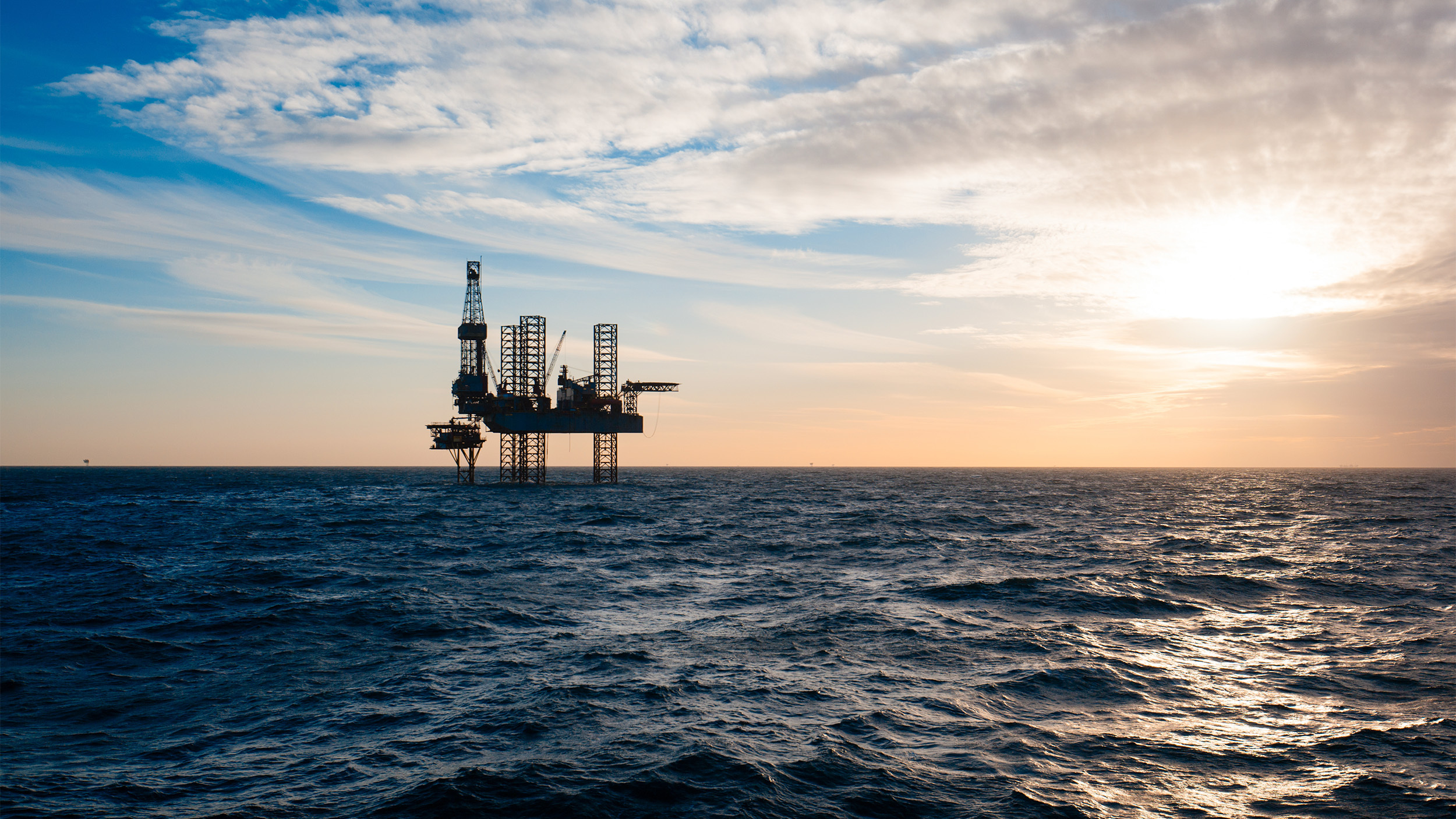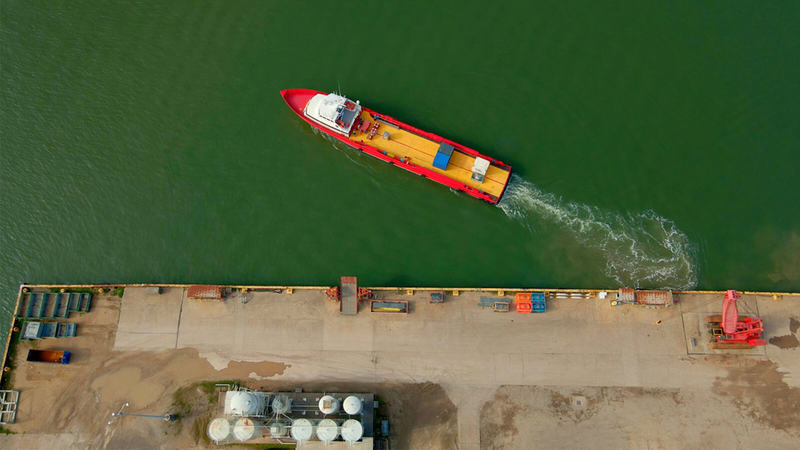 Search
Search
 Search
Search

With more than 9,400 psi differential pressure saving operator USD 580K
Download PDFGulf of Mexico

Highly depleted interval with no differentially stuck pipe or lost circulation
A major operator in the Gulf of Mexico challenged Halliburton Baroid with drilling the production interval of a deepwater well, where the expected depletion was greater than 8,500 psi differential pressure. Baroid’s BaraXcel high-performance, non-aqueous drilling fluid was selected to drill the well, with Drilling Fluids Graphics (DFG™) hydraulic modeling software and WellSET® geomechanics software used to construct and customize the wellbore strengthening, lost circulation material (LCM) strategy. This involved the addition of specially sized particulates to the BaraXcel 4 NAF drilling fluid, as well as pre-treating the drilling fluid with the selected LCM material before entering the depleted formation and maintaining its modality throughout the section. Target mud weight for the production interval was 14.3 ppg downhole static equivalent mud weight (DH EMW) and, due to the required amount and type of LCM (52 ppb total concentration), API 10 and 20 mesh shaker screens were required to reduce the treatment amount in order to maintain it in the circulating system. With the use of 52 ppb LCM and coarse mesh screens on the shakers, the fluid rheology had to be carefully monitored to stay within the drilling window.
The operator’s primary goal was to prevent lost circulation and stuck pipe while drilling highly depleted sands in the production interval. The BaraXcel 4 NAF treatment would need to be delivered with a high concentration of LCM and fluid properties maintained to manage the equivalent circulating density (ECD), utilizing API 10 and 20 mesh screens on the shakers. Other objectives were to log the well, take formation fluid and pressure samples, and set and cement the production liner without lost fluid returns.
The Baroid team gathered all rock mechanical properties data and applied it to the DFG hydraulic modeling software and WellSET software platforms to predict fracture width and provide potential LCM solutions. Based on the software-generated LCM solutions, extensive lab testing was conducted to design a custom fluid system. Particle plugging apparatus tests were performed on slotted disks with widths of 1,500 and 2,000 microns, at 4,000 psi overbalance.
BaraShield-1065, an engineered composite solution comprising a range of materials, was selected to provide a balance of resilience and stiffness. Logistics were coordinated with the onshore base, offshore rig, and office to get the material to location, added to the system in a safe and efficient manner, and concentrations maintained while drilling based on results of a stack sieve test.
hours to deploy fluid system
mud losses or stuck pipe while drilling
psi differential pressure
USD saved in operating costs
The BaraShield-1065 composite was supplied in super sacks (2,000 lb bags), delivered to location, added to the fluid system in less than 24 hours, and maintained during operations without issue. Although low gravity solids (LGS %) reached as high as 14% (6% of which was attributed to the LCM), ECD management was achieved with no mud losses or stuck pipe while drilling the production interval. The operator was able to log and obtain fluid and pressure samples with no incident. Pressure test data showed the maximum differential pressure to be 9,430 psi. The liner was run and cemented with no mud losses to the formation. The ability to successfully drill the intervals without differentially stuck pipe, obtain formation logs, and set and cement liners trouble-free saved the operator significant time and USD 580 K in cost.

Halliburton leads the drilling fluids industry with cutting-edge solutions, including advanced drilling fluids and solids control technologies.
